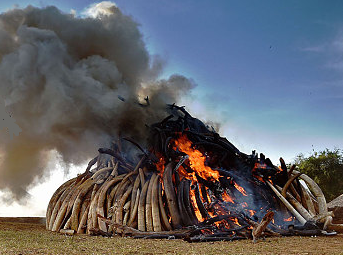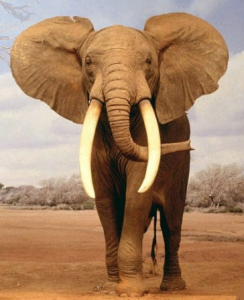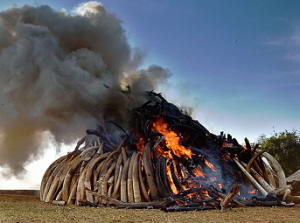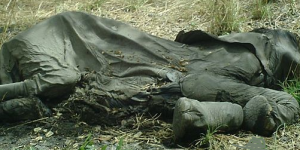
Save the elephants: 100 tonnes of illegal ivory is burned



100 tonnes of illegal ivory will be set alight in Kenya to mark the end of a meeting of four African countries aimed at protecting elephants. Over 25,000 elephants are poached every year for their tusks. The current African elephant population of 500,000, is only 40 percent of what it was 25 years ago.
At Loisaba, Central Kenya, a 56, 000-acre elephant conservancy, set up in the middle of Laikipia plateau, by elephant conservationists and local ranchers.
Max Graham , CEO of Space for Giants an elephant protection organisation said, “you’ve all these elephants and how are you going to deal with them”. With the help of the Nature Conservancy, a US charity, Loisaba buys farmer’s cattle and fattens them up and sells them at a better price to butchers directly and the profits are shared between the conservancy and the farmers without any middleman.
Uhuru Kenyatta, the Kenyan president hosted a 3-day meeting which included donors, scientists, conservationists, Philanthropists and businesses of four countries, Kenya, Uganda, Botswana, and Gabon – home to half of the African elephants. They are trying to involve Tanzania which is considered to be a haven for poachers. The need for creative thinking to identify new revenue streams for conservation. Kenya estimates 80 percent of its fauna has been lost in the past 40 years. Demand for poached ivory and rhino horn in China and Hong Kong remains robust.
“Elephants can sense they are in potential danger and they create unmarked boundaries of fear that they do not want to cross. Even if the outlook is bleak tourism is still part of the financing the conservation strategy. It is not going to be easy but what’s the alternative. No elephants.”
